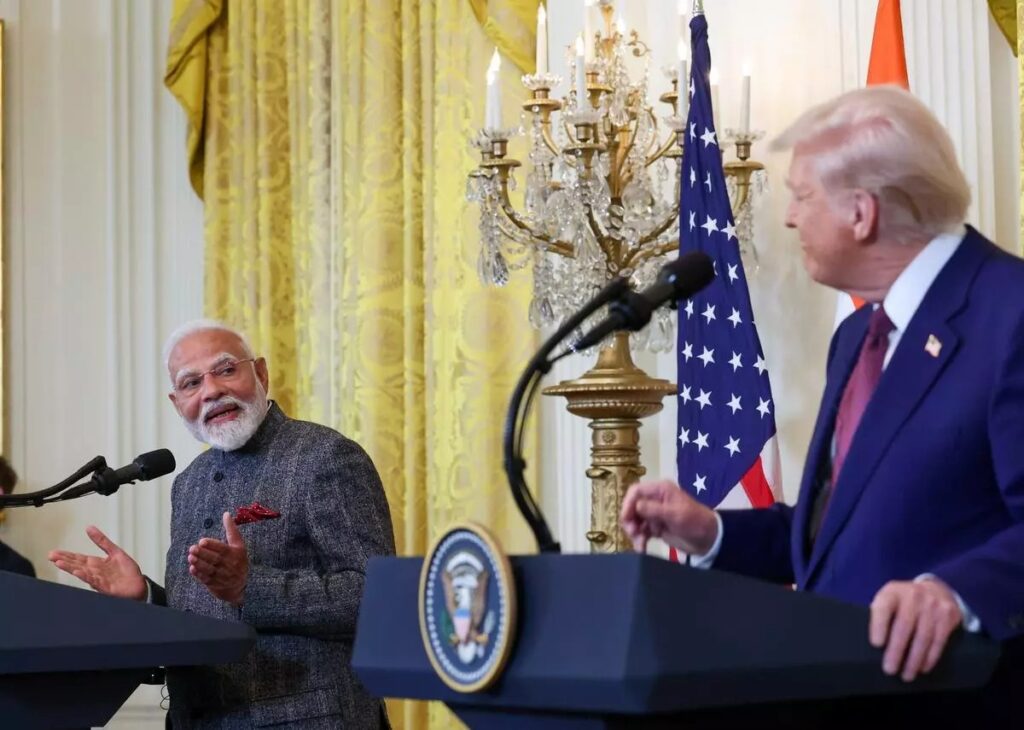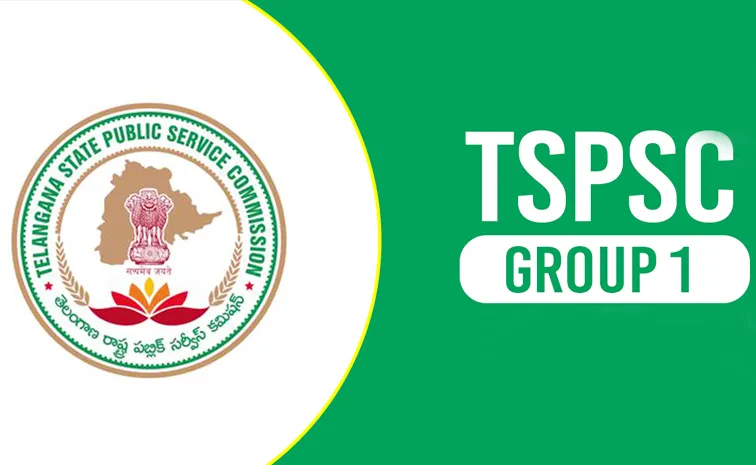In a written reply to the Lok Sabha, Minister of State for Commerce and Industry Jitin Prasada
said that as on date, reciprocal tariffs have not been imposed by the U.S. on India.
India and the US are planning to negotiate a trade agreement and both countries will focus
on increasing market access, reducing import duty and non-tariff barriers, and enhancing
supply chain integration, Parliament was informed on Tuesday (March 11, 2025).
In a written reply to the Lok Sabha, Minister of State for Commerce and Industry Jitin
Prasada said that as on date, reciprocal tariffs have not been imposed by the U.S. on India.
“Both countries plan to negotiate a mutually beneficial, multi-sector Bilateral Trade
Agreement. Both countries would focus on increasing market access, reducing tariff and
non-tariff barriers, and enhancing supply chain integration,” he said.
The U.S. issued a memorandum on reciprocal trade and tariffs on February 13, wherein the
U.S. The Commerce Secretary and United States Trade Representative (USTR) are to take
necessary actions to investigate harm to America from any non-reciprocal trade
agreements adopted by trading partners and provide a report with detailed proposed
remedies for each trading partner. Tariffs are import duties imposed and collected by the
government and paid by companies to bring foreign goods into the country.
During the visit of Prime Minister Narendra Modi to Washington last month, India and the
US announced their commitment to more than double the two-way commerce to $500
billion by 2030 and negotiate the first tranche of a mutually beneficial, multi-sector Bilateral
Trade Agreement (BTA) by fall of 2025.
In 2023, the U.S.-India bilateral trade in goods and services stood at $190.08 billion
($123.89 billion in goods and $66.19 billion in services trade). That year, India’s
merchandise exports to the U.S. stood at $83.77 billion, while imports were $40.12 billion,
leaving a trade gap of $43.65 billion in favour of India.
During 2021-24, America was India’s largest trading partner. The U.S. is one of the few
countries with which India has a trade surplus.
Mr. Prasada also said that India continues to engage with the US to achieve enhancement
and broadening of bilateral trade ties in a mutually beneficial and fair manner.
“This is an ongoing exercise and Indian exporters are working towards diversifying trade
baskets and export destinations,” he said.
Commerce Secretary Sunil Barthwal on Monday told a Parliamentary panel that
negotiations between the two countries are still on and no agreement on trade tariffs has
been reached so far.
Barthwal briefed the Parliamentary Committee on External Affairs, on U.S. President Donald
Trump’s recent claims that India has agreed to reduce its tariffs “way down”, while Foreign
Secretary Vikram Misri briefed the committee on China and Europe.
In 2023-24, India exported engineering goods worth $17.62 billion to the U.S. The other
major goods included electronics ($10 billion), gems and jewellery ($9.9 billion), petroleum
products ($5.83 billion), textiles ($4.7 billion), marine products ($2.5 billion).
In a separate reply, the Minister said India’s tariff policy aims to regulate trade, protect
domestic industries, and generate revenue through taxes on imported and exported goods.
“Recent reforms have focused on streamlining the tariff structure and facilitating trade,” Mr.
Prasada said.
India is a member of the WTO (World Trade Organization) and bound to its maximum tariff
that can be applied on a product category. The applied tariffs are generally below the bound
tariff for a given commodity line.
“With the changing trade scenario, India is moving towards having Preferential/Free Trade
Agreements wherein customs tariffs and non-tariff barriers are reduced or eliminated on
substantial trade between the PTA/FTA members,” he added.
At present, India is a member of 13 FTAs and 9 PTAs apart from the negotiations with the
EU, the U.K., and Oman.


